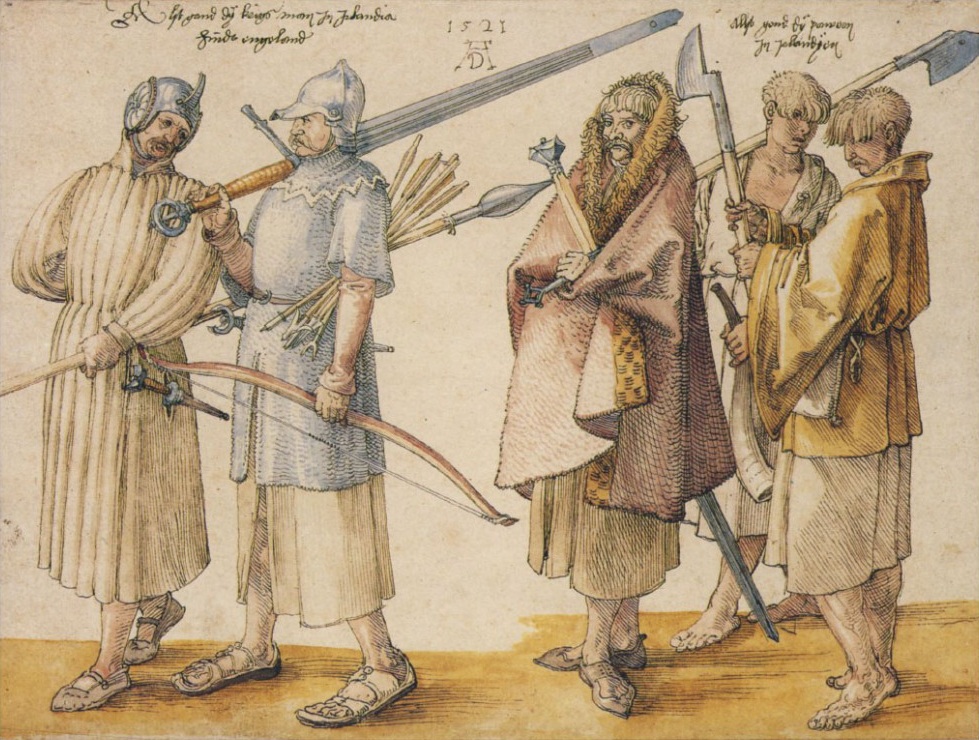- Joined
- Jan 3, 2019
- Messages
- 120
Hello all!
Wanting to find myself some irish/ Celtic style knife patters. Amy modern examples?
Thank you!
Wanting to find myself some irish/ Celtic style knife patters. Amy modern examples?
Thank you!

